Featured SalmonState Column

Crossing Kootznoowoo — and exploring potential career paths
Last August, 2022, three Angoon high schoolers portaged and paddled across Admiralty Island supported by Kootznoowoo Inc., the Southeast Alaska Sustainability Strategy, and some classic hip hop. This summer, they’ll be guiding others making the same journey.
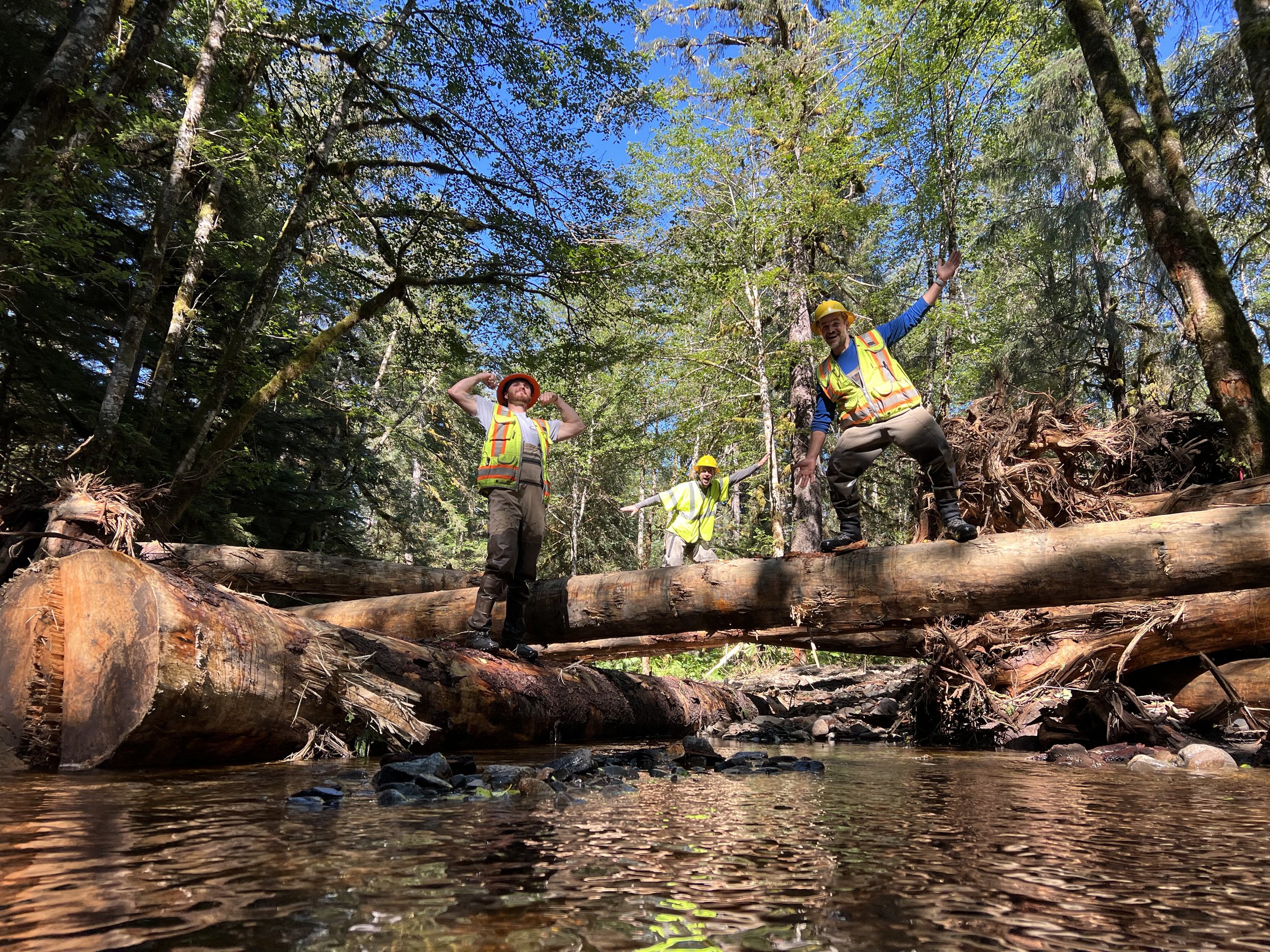
Growing “giant pumpkins” and fish habitat in Petersburg
PETERSBURG, AK—At East Ohmer Creek, 22 miles south of Petersburg, Alaska, is a tree believed to be the largest left on Mitkof Island. Forest Service Fish Biologist Eric Castro said foresters estimate the tree, which grew on a once-rich floodplain, is around 600 years old.
“Those giant pumpkins are what used to grow in this type of environment,” Castro said.
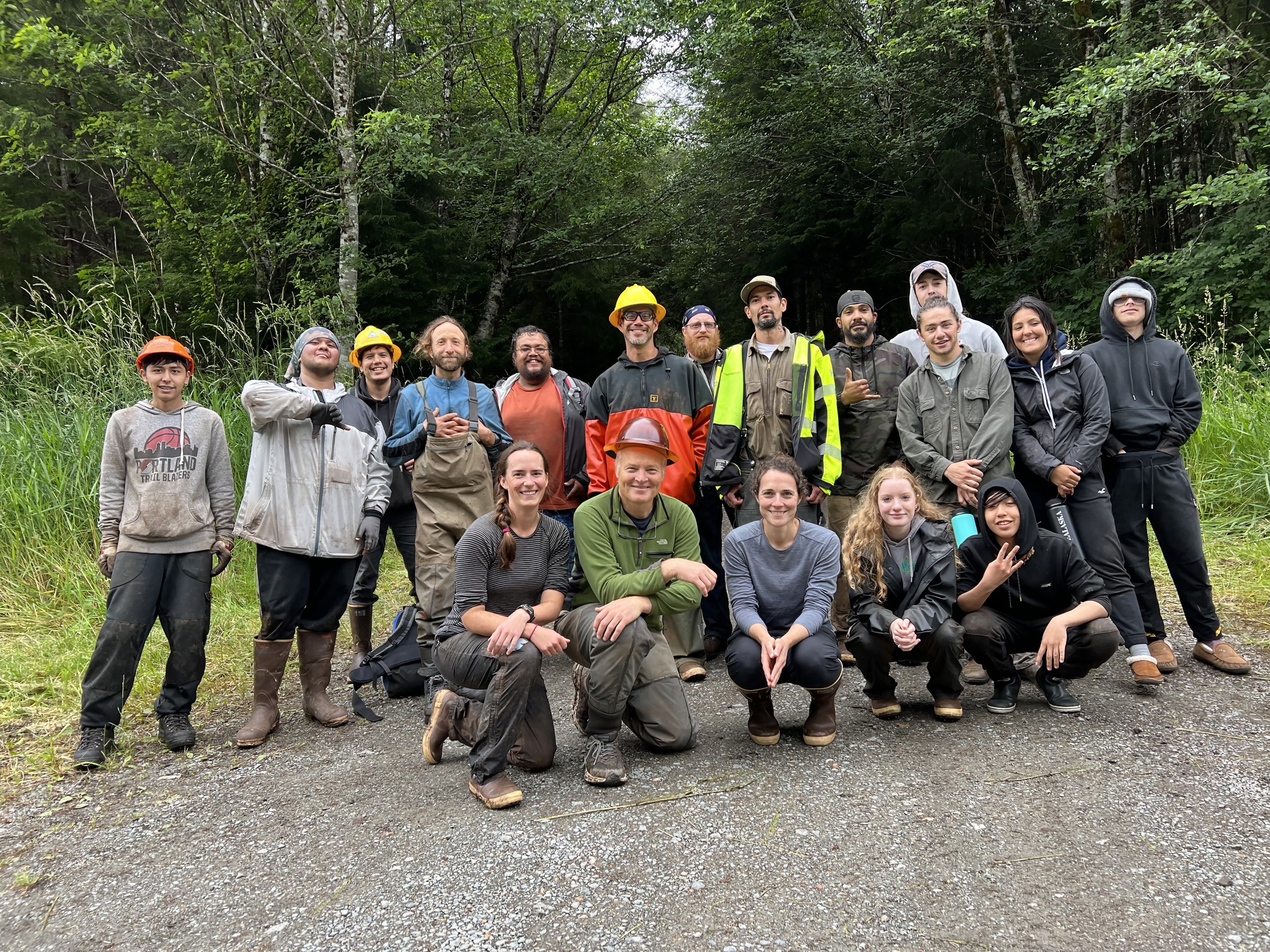
Bringing the sockeye home
In the early 1990s, when Quinn Aboudara was about 12, he and his father went hunting out a logging road that had just been punched into the old growth forest of Prince of Wales Island. Enormous spruce, hemlock and cedar trees towered all around them, their branches laden with pale green lichen. All around him, he knew, were deer, bears, birds, and berry bushes. The creeks were full of salmon. As they walked, his father stopped him. “Look around,” he said. “This is the last time you’ll ever see this forest.”
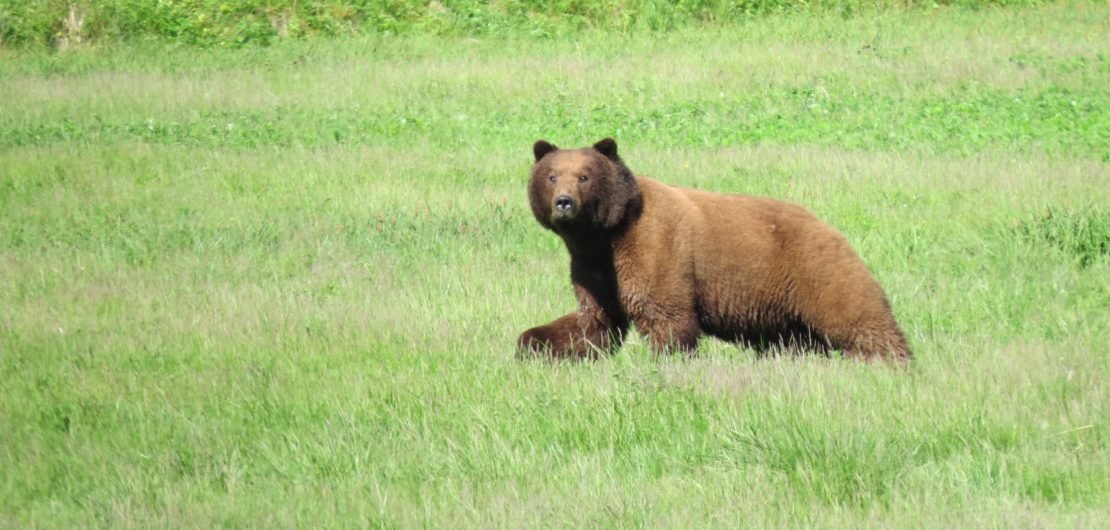
Listen, then support — a new approach in Southeast Alaska is a long time in the works
The U.S. Department of Agriculture has a new approach in Southeast Alaska: first listening to locals about what their community needs, then working to support those ideas. So when the department asked what investments the USDA should make as part of its sustainability strategy, announced in 2020, it heard lots.
From Kootznoowoo, the Native corporation of the village of Angoon, on Admiralty Island: the development of a new bear-viewing area nearer to Angoon, and additional opportunities for Angoon-led storytelling and economic development.
From the Southeast Alaska Watershed Coalition: restoring, in collaboration with Tribes and communities, streams and watersheds damaged by historic logging practices.

A Tale of Two Salmon
Bristol Bay’s sockeye run began breaking records in 2018. The same year, Chignik, which is on the other side of the Alaska Peninsula, failed to meet its minimum escapements for the first time in recent memory. Now, Chignik’s residents and fishermen are working to address and bring attention to these unprecedented declines, and to save their way of life.

“Alaska’s untold secret” — the dividends paid by Southeast Alaska’s “Seabank”
Wild salmon. Clean water. Clean air. Carbon storage. Climate change mitigation. Tourism, commercial fisheries — and billions of dollars in economic benefit. Since 2018, the Alaska Sustainability Fisheries Trust (ASFT) has quietly published reports that upend managers’ historical ways of thinking about Southeast Alaska and the Tongass National Forest — and redefine priorities for management now and in the future.
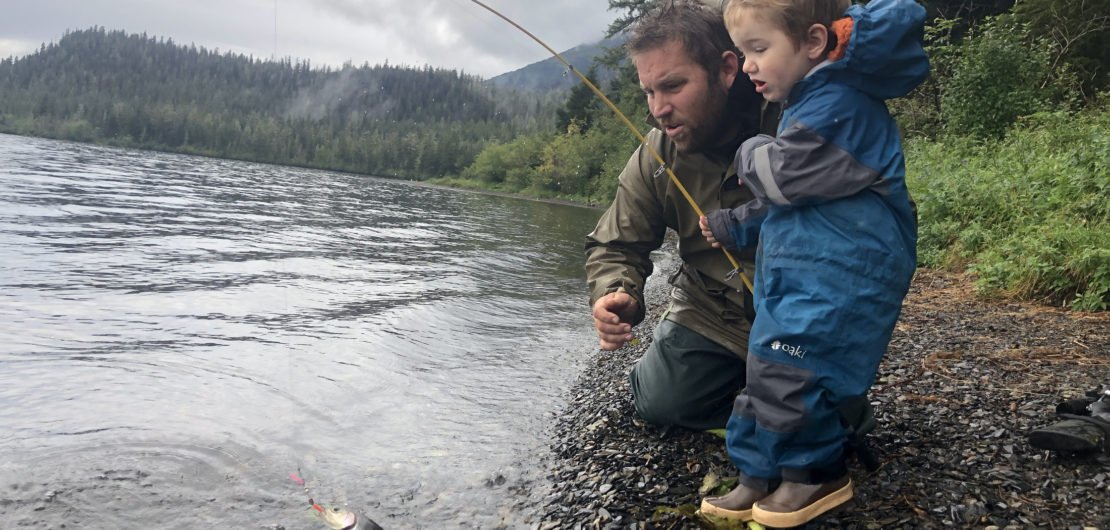
The Salmon State — An early fall trip to Hasselborg Lake
Four years ago this August, my partner Bjorn and I flew into Admiralty Island’s Hasselborg Lake. We fought through thick blueberry bushes and swarms of flies, angled our way up a steep, trail-less slope, and emerged into the alpine of a nearby mountain. A bear roared at us and crashed away.
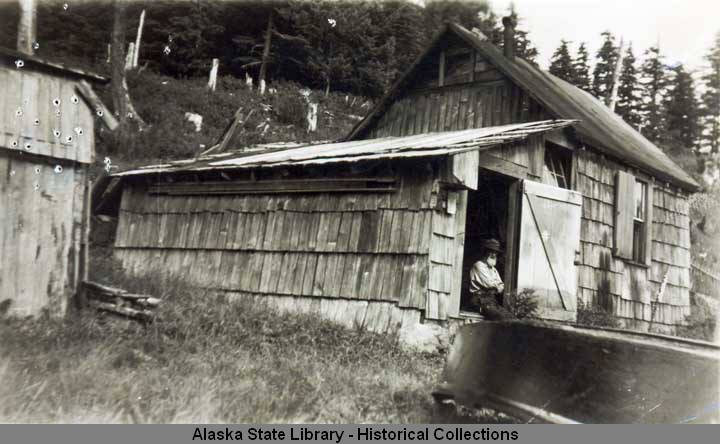
Bear man of Admiralty Island Allen Hasselborg — and Climate Change
Every day for decades, bear hunter, guide, and early 20th century Southeast Alaska homesteader Allen Hasselborg logged the temperature, rainfall and weather at Mole Harbor, on Admiralty Island in Southeast Alaska.

A trip on the transboundary Stikine River
Each year, my partner Bjorn and I take a river trip. Parenthood (we have a two-year-old and a five-month-old) has also meant that we’re also thinking low-key. COVID meant we were dreaming of travel.
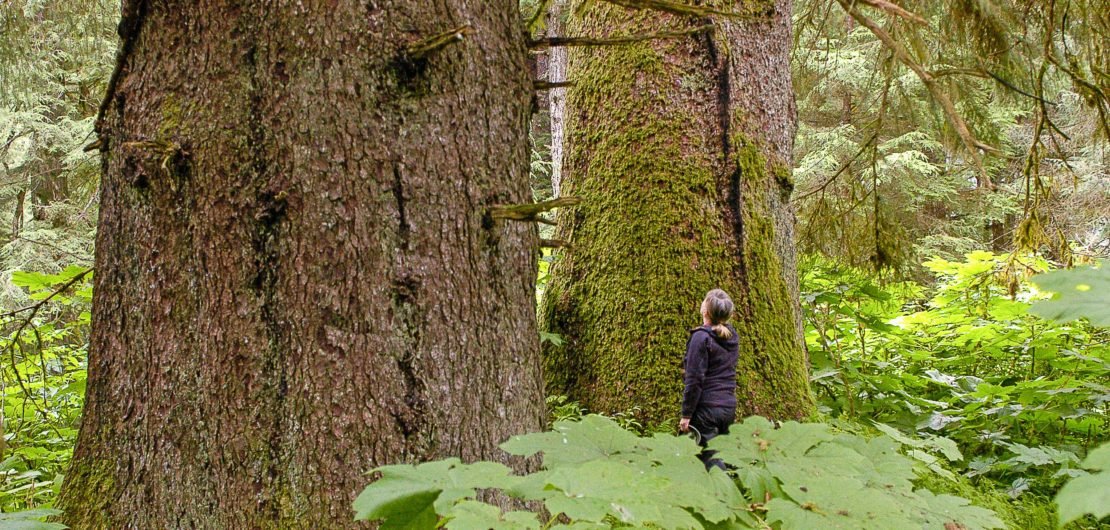
‘Tongass Odyssey’ explores decades of research, politics and change
In 1977, John Schoen flew to Hood Bay on Admiralty Island. He’d been hired as the first Southeast Alaska research biologist to study deer and this was his first trip into the field.
“Flying into the bay, looking at humpback whales and all the bald eagles in the trees… we got out of the Beaver, stepped on the beach and saw these huge, enormous brown bear tracks. And listening to the blue grouse, and the geese on the beach, I just thought ‘Man, I’m getting paid to do this? Unbelievable!’” he recalled.
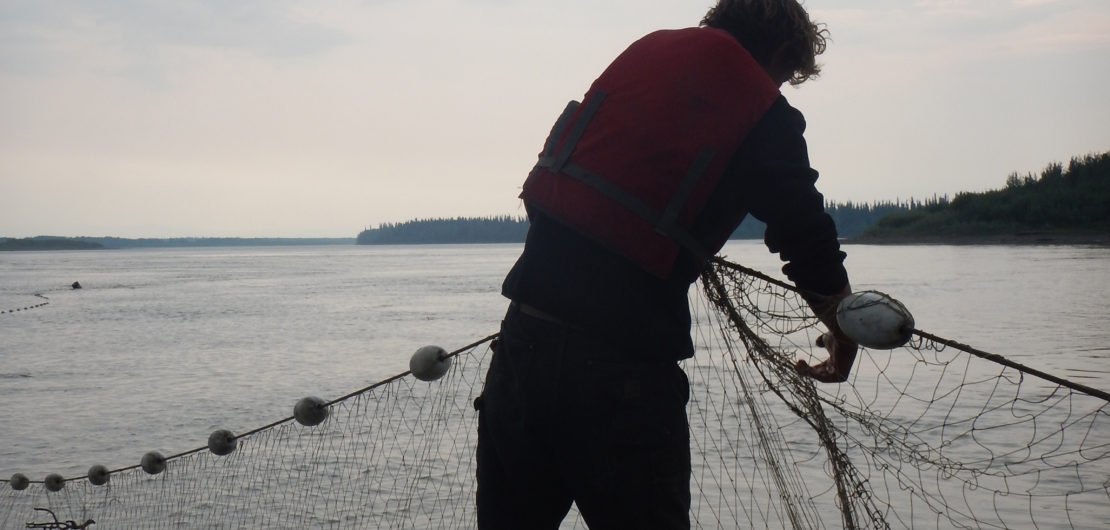
Why are Alaska’s salmon shrinking?
Alaskans who have fished for salmon consistently over the years know it: Alaska’s salmon, especially king salmon, are getting smaller. Now, a new study, published August 19 in the journal Nature Communications by lead author Krista Oke, a postdoctoral fellow with the College of Fisheries and Ocean Sciences at the University of Alaska Fairbanks; senior author Eric Palkovacs, Professor of Ecology and Evolutionary Biology at the University of California Santa Cruz; and an international team of co-authors, many of them also based in Alaska, delves into why that is — and what it means.
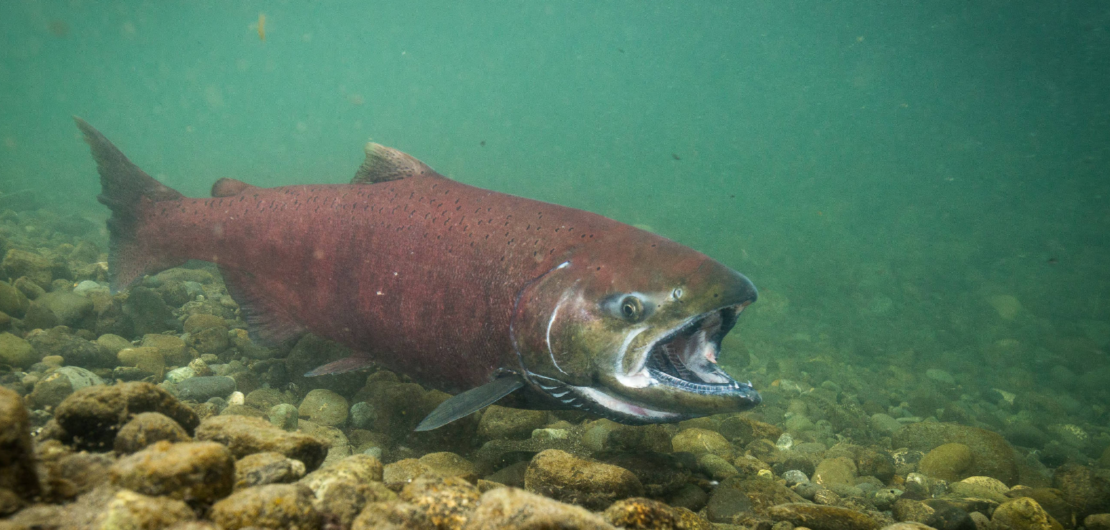
What climate change means for Alaska’s rivers — and king salmon
A new study has found that the answer to Alaska’s Chinook salmon decline lies not just in the ocean, but also in freshwater rivers and streams — and that climate change’s effects on Alaska’s freshwater systems are affecting king salmon.
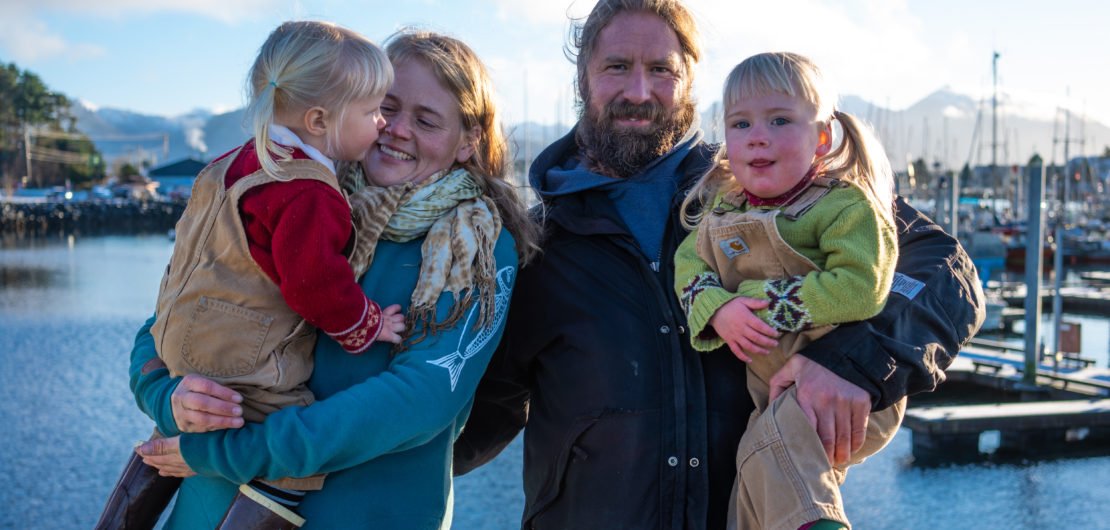
Connecting people to salmon during COVID-19
Some fast food restaurants in the Lower 48 have stopped serving hamburgers. Meatpacking plants have shut down. Grocery stores are frequently sold out of flour and rice. But Americans can buy Alaskan seafood directly from the fishermen who caught it — and, in increasing numbers, that’s what they’re doing.
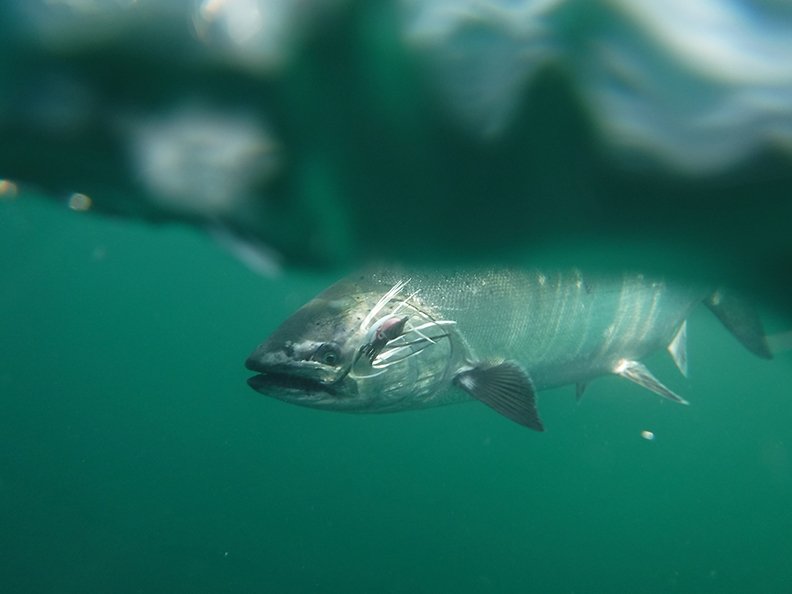
Finding peace of mind in Alaska
It’s the end of March, 2020, and so many Alaskans are in crisis. Villages closed to outside travel. Restaurants and “non-essential” business shut down. People who have lost their jobs, who can’t find work. The growing threat of the COVID-19 pandemic. And one of the most difficult things about this time of necessary social distancing is that if we, or our loved ones, are suffering, it’s harder, or impossible, to be with them and support them — except at a distance.
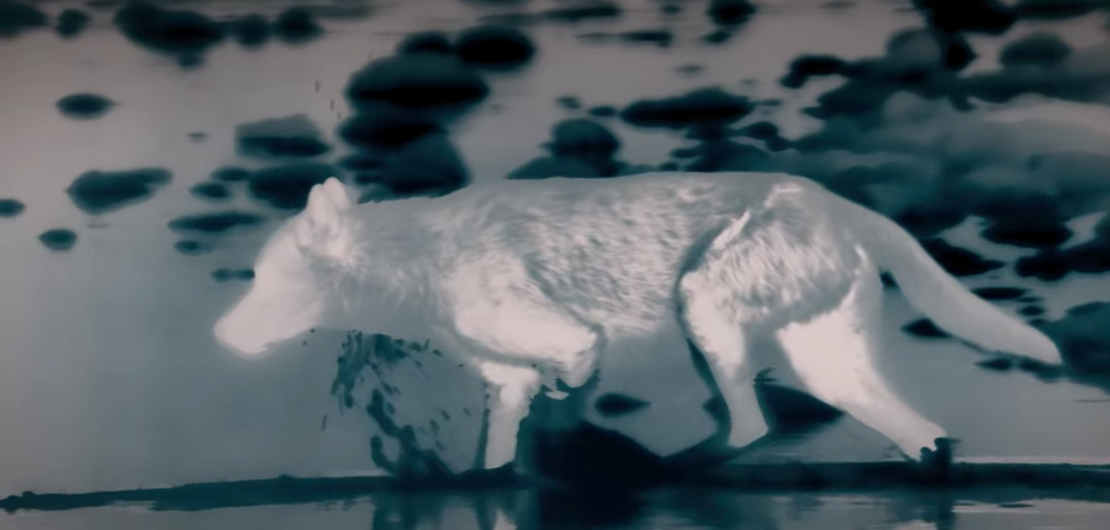
The salmon-eating wolves of Alaska: Tongass film shoot captures, for the first time on video, wolves catching salmon at night
It was past midnight one night in August, 2018 that the film crew and their Alaskan guides, out shooting for a Netflix documentary series called “Night on Earth,” found themselves sitting in the dark, surrounded by wolves.
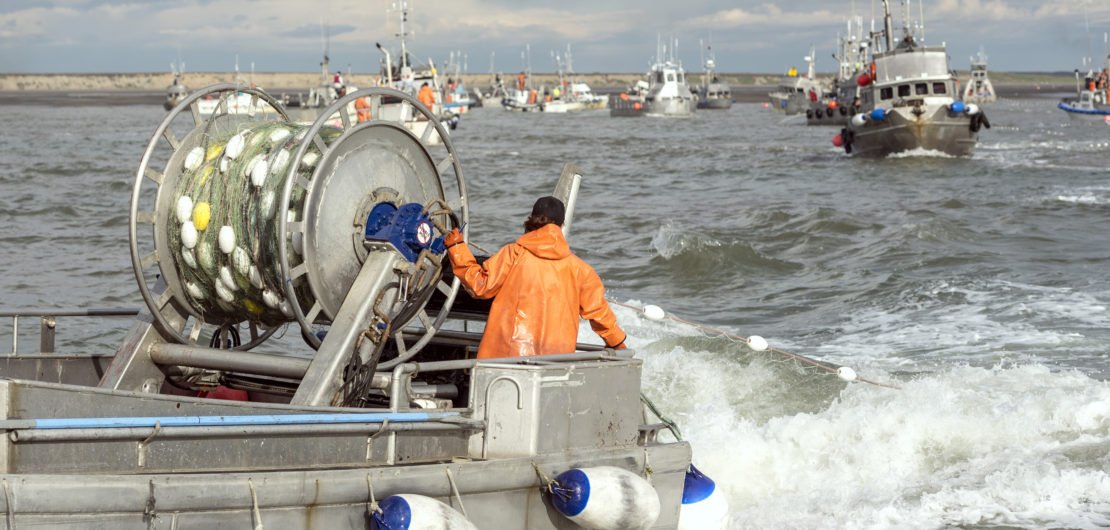
Fishermen catch 2 billionth sockeye salmon in Bristol Bay this year
In 2019, during the fishery’s 2nd largest harvest on record, Bristol Bay commercial fishermen hit another historic number: the 2 billionth sockeye salmon caught by commercial fishermen since record-keeping began in the late 1800s.
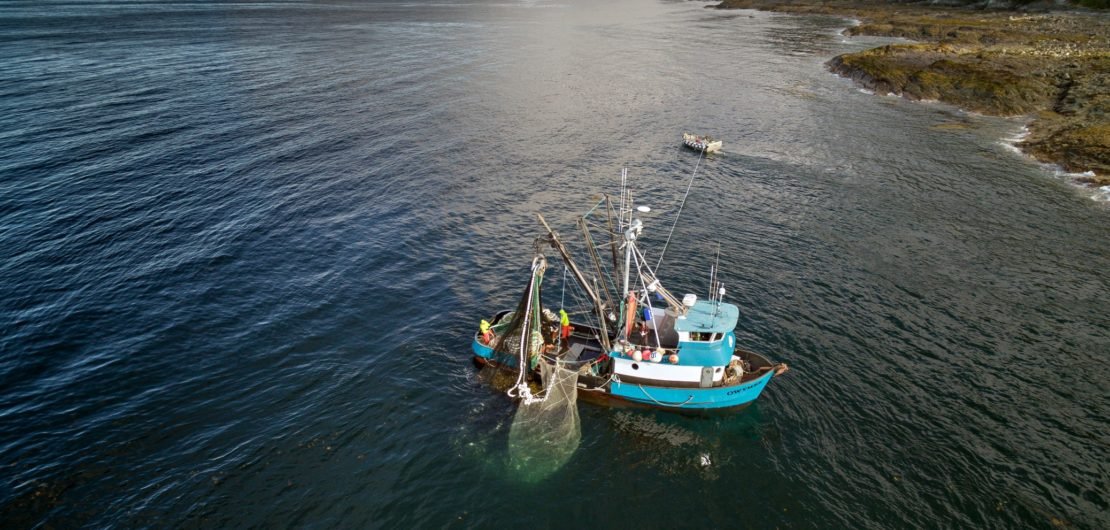
Working for free: What’s the dollar value of wild salmon produced by the Tongass and the Chugach?
Clean air. Clean water. Deer. Moose. Blueberries. Salmon.
Alaska’s Tongass and Chugach National Forests provide many different things to the people who rely on them for food, recreation or a living, but because the forests work for free, the value of the services they provide is sometimes hard to recognize. As part of a growing movement to figure out the dollar value of those forest “products,” however, scientists for the first time have estimated the value of the Tongass and the Chugach National Forests to Alaska’s commercial salmon industry.
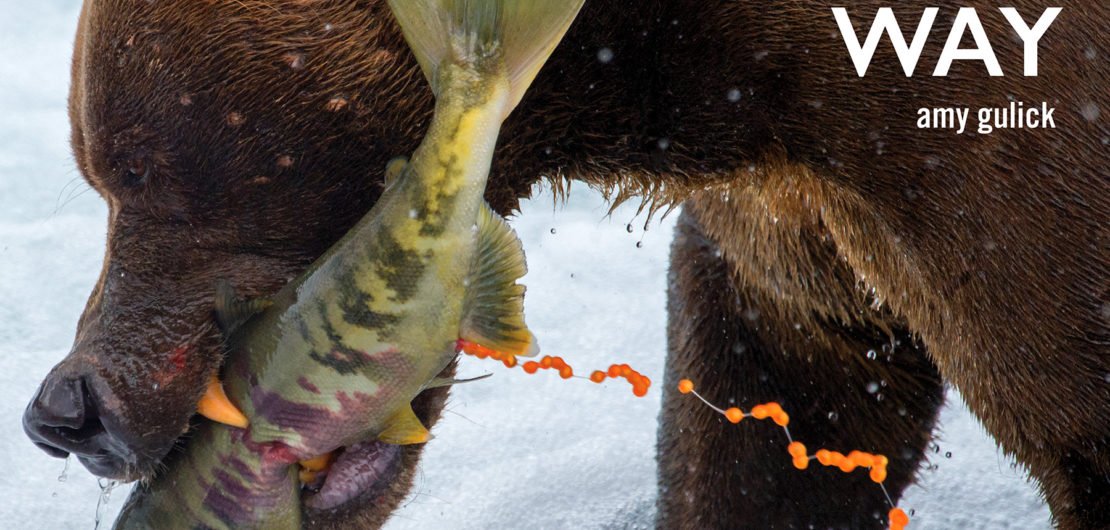
‘The Salmon Way’: Author shares Alaska’s salmon stories and ways of life
From the fish camps of the Yukon and Kuskokwim Rivers, to the gillnets of Bristol Bay, to the bear and angler-packed banks of Juneau’s Sweetheart Creek, salmon connect people to the land, the water, the seasons, and each other. Those connections create a culture that inspired author Amy Gulick’s most recent book, “The Salmon Way: An Alaska State of Mind,” released May 1, 2019.
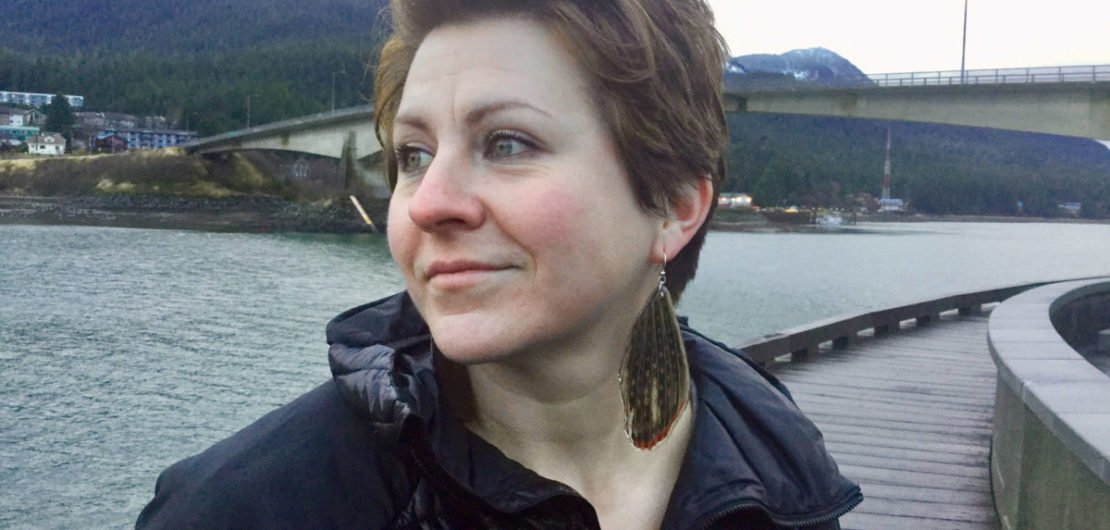
New jewelry line highlights beauty of fish scales
About a year ago my friend Julienne Pacheco dropped by our house with an ocean-caught steelhead. Before we cooked it, she got out a filet knife and carefully separated the flesh from the glittering scales. She had a plan that would leave them glittering long into the future.
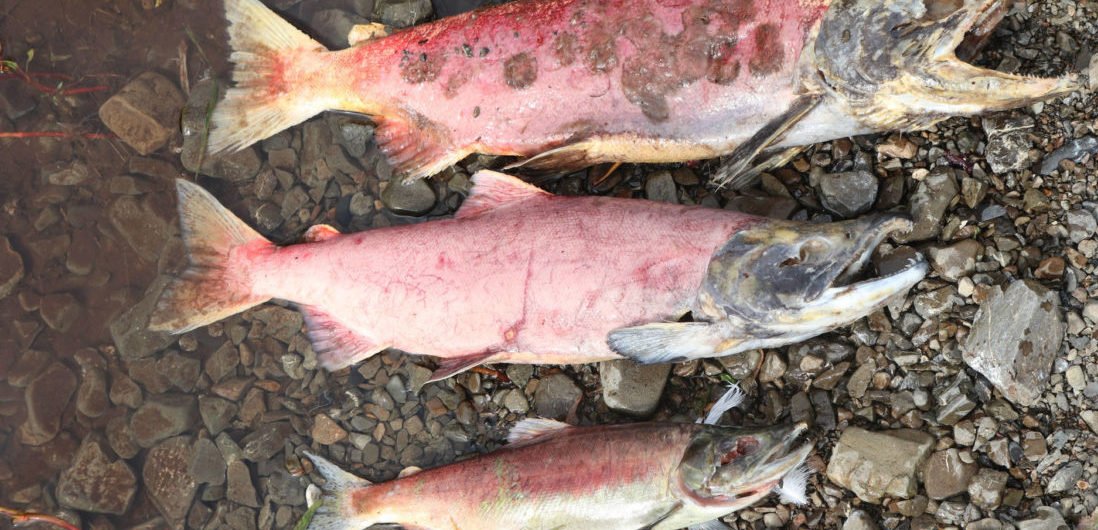
Short lived salmon play a role in long term survival
If you’ve fished around Frazer Lake on Kodiak Island over the last 20 years, odds are you’re familiar with jack salmon — a salmon, usually sockeye or a king, that returns to its natal stream after an abnormally short time at sea. For sockeye, that’s one year; for kings, one to two. Because jacks spend less time at sea and have less time to grow, they’re much smaller than normal.

